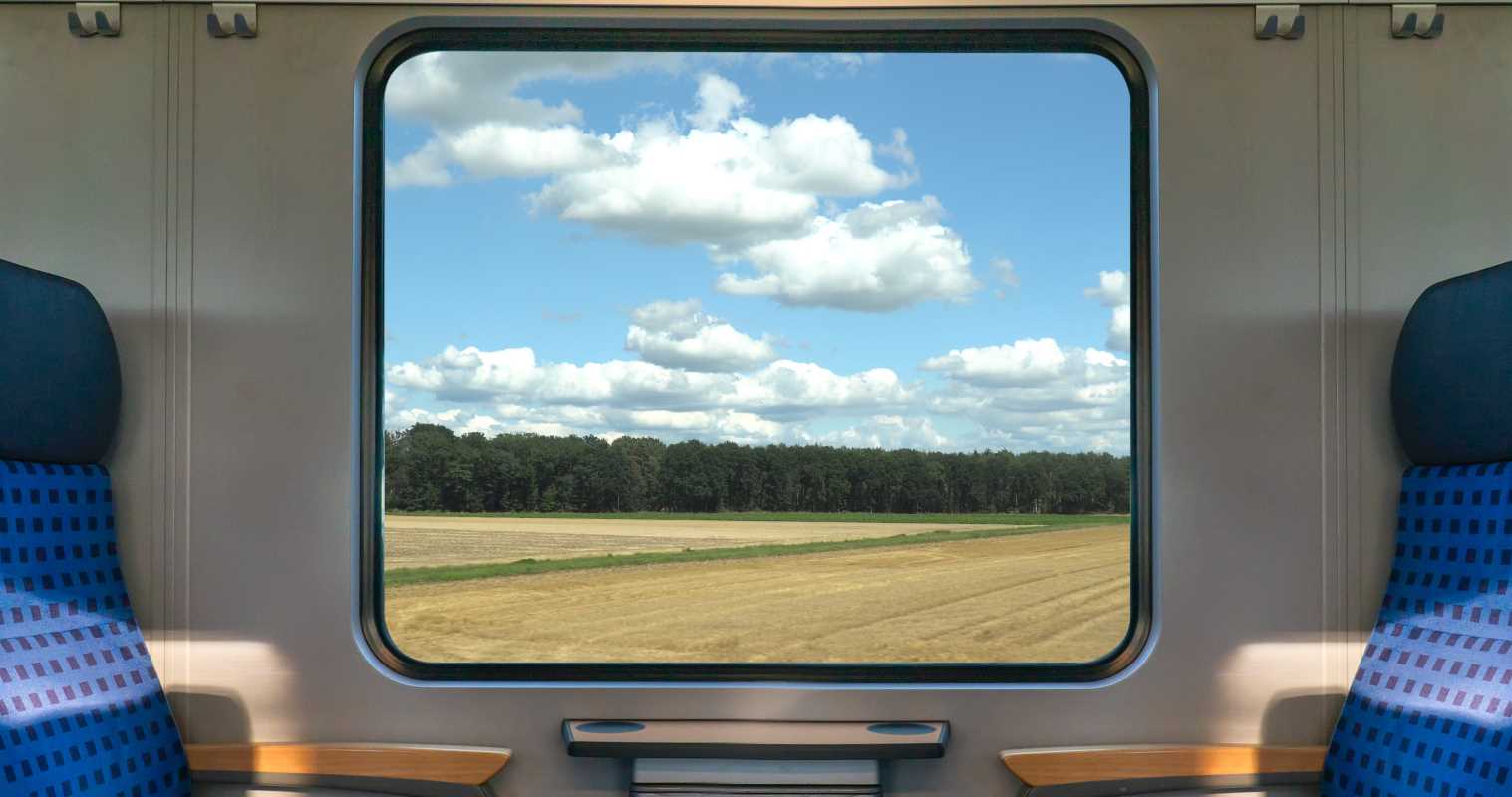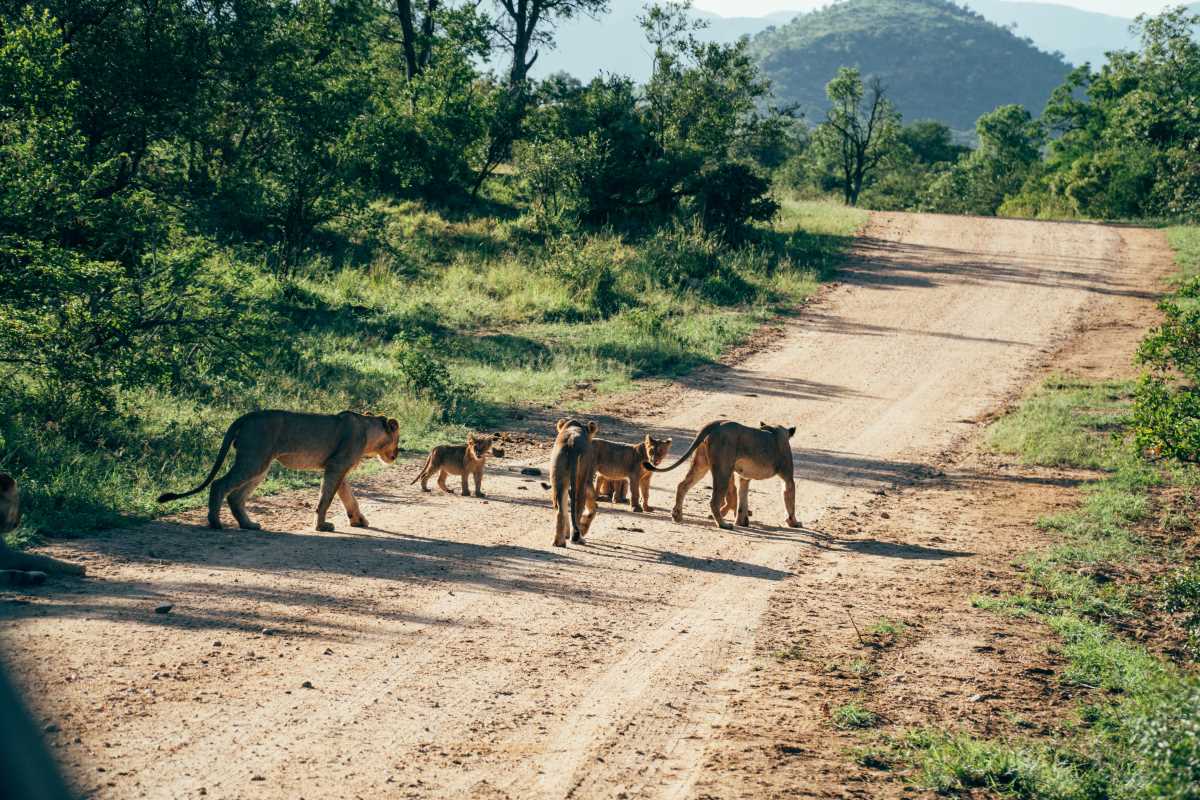Traveling by train offers a unique way to experience breathtaking landscapes and encounter wildlife in their natural habitats. As the train weaves through dense forests, follows dramatic shorelines, and ascends towering mountain ranges, every mile brings opportunities to spot animals that might otherwise remain hidden. Watching for a burst of color as a bird takes flight or quietly observing a rare animal wander near the tracks turns each journey into an exciting adventure. With every curve and climb, these rail trips promise memorable sights and unexpected moments that create lasting memories of discovery and awe.
We’ve gathered detailed info on routes from the Americas, Europe, Asia and beyond. You’ll learn which endangered species roam each corridor, ideal seasons for sightings, route lengths, ticket costs and on-board perks. This guide takes you straight to the heart of wild habitats, so you can plan a rail trip that doubles as a front-row seat to nature’s greatest shows.
Wildlife Highlights You Should Not Miss
- Andean Explorer (Peru): Look for the spectacled bear, the only bear native to South America.
- Rocky Mountaineer (Canada): Search the pine forests for grizzly bears, moose and mountain goats.
- The Ghan (Australia): Spot red kangaroos, wedge-tailed eagles and the elusive bilby in remote Outback landscapes.
- Golden Eagle Express (Germany–Austria): Watch for golden eagles soaring over Alpine ridges.
- Trans-Siberian Railway (Russia): See Siberian tigers and Manchurian wapiti on lesser-known sidetracks near nature reserves.
- East Tasmania Wilderness Line (Australia): Catch a glimpse of Tasmanian devils before they scurry off into dense bush.
The Best Scenic Rail Rides in the Americas
The Rocky Mountaineer in Canada stands out as one of the most wildlife-rich train trips across the continent. It runs between Vancouver and Banff or Jasper, covering up to 1,000 kilometers in two days. Panoramic domed cars provide 360-degree views, and dining cars serve bison chili and elk sliders on board. Ticket prices change with the seasons but start around $1,200 per person for a two-day SilverLeaf service.
During the journey, you will see moose grazing beside rivers, mountain goats perched on cliff faces, and occasionally a wolf slipping through subalpine meadows. Summer offers long daylight hours, while autumn colors the foliage in fiery hues—prime time for wildlife activity.
- The Andean Explorer, Peru. The seven-hour trip from Cusco to Puno ascends above 4,300 meters. You can buy a one-way ticket in a cozy sleeper cabin for about $300. Naturalists onboard share stories of the spectacled bear as you cross high plateaus dotted with wild vicuña herds.
- Grand Canyon Railway, USA. This 65-kilometer route departs Williams, Arizona, heading to the South Rim. A round-trip ticket costs around $60 and takes two hours. You may see wild turkeys and mule deer wandering the scrub, with early departures increasing your chances of spotting bighorn sheep.
- Durango & Silverton Narrow Gauge Railroad, USA. Steam engines wind through 100 kilometers of San Juan Mountains. Tickets start at $100 for coach seats. Look out for elk in spruce forests and bald eagles along the Animas River.
Expeditions Connecting Europe and Asia
The Trans-Siberian Railway covers over 9,000 kilometers from Moscow to Vladivostok. On certain legs near protected areas like Sikhote-Alin, guides lead day trips off-train to track Siberian tigers and Far Eastern leopards. You can choose sleeper cabins from basic to deluxe, with fares starting at $700 depending on the class and stops you select.
Another notable route is Spain’s Rodalies de Catalunya line that dips into the Pyrenees. In spring, you can observe bearded vultures circling crags and even find traces of brown bears hiding in glens. Ticket packages that include guided hikes cost about €150 per person for a two-day trip with meals included.
Tips for Booking and Choosing Seasons
Book six to eight months in advance to get the best prices on popular trains. Summer sees high demand in mountain areas, so traveling in winter to see bighorn sheep in snow or in autumn for colorful foliage can save money. Always check wildlife calendars for the region—some animals migrate or hibernate, which influences your chances of seeing them.
Request window seats when booking and confirm if your cabin provides unobstructed views. Bring binoculars, a wildlife guide specific to the area, and quiet clothing that blends into forests or deserts. Your train operator might rent spotting scopes or supply binoculars for on-board use.
Eco-Friendly Travel Tips
- Choose trains that the Global Sustainable Tourism Council certifies to ensure eco-friendly operations.
- Carry reusable water bottles; many services refill them free in dining cars.
- Follow “leave no trace” rules when exploring off-train, respecting wildlife spaces.
- Support local conservation efforts by donating through train-run foundations dedicated to protecting habitats.
Research shows rail corridors can serve as wildlife pathways if train companies build eco-bridges and reduce noise levels. You become part of a travel style that values both passenger comfort and the health of ecosystems.
Each of these train rides puts you face-to-face with rare or endangered species in habitats that stay largely wild. Book early, travel with awareness, and prepare for a train adventure that changes your view of wildlife spotting in comfort and style.
Choose your next train journey and begin an unforgettable wildlife adventure.
 (Image via
(Image via





